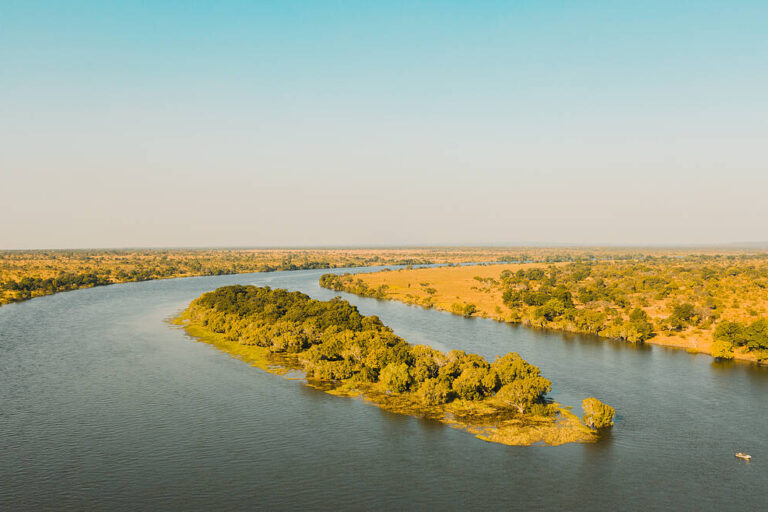Emissions for forest conservation scheme could net Uganda $50 million or more per year
Emissions for forest conservation scheme could net Uganda $50 million or more per year
mongabay.com
November 5, 2006
Uganda could earn tens of millions of dollars through a global warming proposal under consideration this week at U.N. climate negotiations in Nairobi, Kenya.
At talks last year in Montreal, a coalition of tropical developing countries lead by Papua New Guinea proposed a rainforest conservation compensation initiative whereby industrialized nations would pay them to protect their forests to offset heat-trapping gas emissions. After endorsements by the World Bank, the United Nations, and the United States, the plan will likely be discussed in greater detail at the Nairobi conference.
Deforestation — most of which occurs in the tropics — is responsible for about one-fifth of annual emissions of greenhouse gases. By reducing deforestation that would otherwise occur, industrialized countries could effectively “offset” emissions limits set under international agreements like the Kyoto Protocol. In theory the strategy could help fight climate change at a low cost while, at the same time improving living standards for some of the world’s poorest people, safeguarding biodiversity, and preserving other ecosystem services.
Mongabay.com analysis of U.N. deforestation data suggests that an avoided deforestation initiative could be worth $10.4-172.8 million per year to Uganda, depending on how much deforestation it could “avoid” and the market price for carbon offsets.
Between 2000 and 2005 Uganda lost an average of 86,400 hectares of forest per year according to figures from the Food and Agriculture Organization of the United Nations (FAO). How much carbon does this represent? At the low end, FAO estimates that each hectare of Ugandan forest stores an average of 30 metric tons of carbon in above-ground biomass (more exists in below-ground biomass, dead wood, vegetation litter, and soil) that would be otherwise released by deforestation and subsequent land conversion for agriculture or pasture. Other research suggests that net carbon released from deforestation of secondary and primary tropical forest, allowing for the carbon fixed by subsequent land use, is of the order of 100 metric tons per hectare. So deforestation in Uganda releases on the order of 30-100 metric tons of carbon for each hectare of cleared or converted for agriculture. As such, Uganda’s annual deforestation rate of 86,400 hectares may produce 2.6-8.6 million tons (megatons) of carbon emissions per year.
Assuming a market rate of $4 per metric ton of carbon dioxide — the current trading price of CCX Carbon Financial Instrument contracts on the Chicago Climate Exchange, but higher in Europe — Uganda’s avoided deforestation could be worth at minimum $10.4-34.6 million per year, using a simplified model for calculating carbon values. At the higher end, using studies that show “carbon damage” is closer to $20 per ton, avoided deforestation could be valued from $51.8-172.8 million per year. Of course determining what constitutes “avoided deforestation” is a matter of definitions but nonetheless, for a country with a total income of around $7.9 billion (official exchange rate) funds from avoided deforestation could make an important economic contribution.
What is the opportunity cost to Uganda of reducing its deforestation rate? Well, this is a bit more difficult to calculate but a recent World Bank study said that land worth $200-500 per hectare as pasture could be worth $1,500-$10,000 if left as intact forest and used to offset carbon emissions from industrialized countries. Using this figure, avoided deforestation could be a net economic benefit to Uganda in addition to the ecological payoffs afforded by leaving forest intact.
This paper is based on an earlier mongabay.com article: Avoided deforestation could help fight third world poverty under global warming pact














